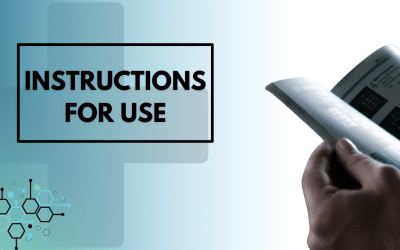Since the 1970s Germany has been ranked among the top 5 of the world’s largest economies. Germany has established itself as a competitive market, offering a wide variety of opportunities for developing business.
Germany’s favourable economic conditions, however, are not enough to launch a successful business. Companies need to adapt their message so that it resonates with local audiences in order to succeed. Good marketing and product localization can provide a solid base for establishing a brand footprint in the country.
The process of translating marketing materials, also known as ‘transcreation’ differs considerably from standard translation. More precisely, marketing translation goes beyond language and words. This is a complex process of which aims to adapt the business message to a completely different culture.
This is why we have compiled a list of the 6 most important aspects to consider when localizing for the German market:
-
Formal tone
German people tend to prefer a more formal, impersonal tone. A recent American-German case study showed interesting tendencies when comparing marketing content from each market. The results showed that Americans prefer a more friendly tone in which the pronoun “we” is a common feature. German consumers, on the contrary, look for a more formal, impersonal and neutral marketing approach.
Also Read: 10 Untranslatable German Words
-
Direct language
Germans prefer direct, informative language. Regardless of whether it is a product description, a blog or social media post the German consumer would always appreciate concise, informative language.
-
Fair play
In 2006 the largest American franchise Wal-Mart offloaded its 85 German stores after admitting failure.
The chain’s price-based selling strategy put smaller shops out of business which in turn shunned customers and eventually led to Walmart’s withdrawal from Germany.
Clearly, being respectful towards competitors is highly valued by German customers. Therefore, avoiding marketing content or any practices which aim to sabotage your competitors is important.
Also Read: German eCommerce: A Guide to Translation and Localization
-
Be factual
It is no secret that German people are notoriously pragmatic. Therefore, facts, figures and any kind of statistics will always work in your favour.
For instance, rather than stating plainly that your company is number one in the US, this claim should be justified by reliable sources which are explicitly stated.
-
Tradition
Volkswagen and Adidas are two of the most successful German enterprises and what they have in common is simple and minimalistic designs.
In fact, Germans value traditions and prefer to stay loyal to their local brands. Therefore, before launching a business in Germany, one should adapt their logo and colour palettes to fit the traditional taste of the German customer.
This was the case of the American brand Kellogg’s Cocoa Krispies Cereal. The company changed its product’s name to Choco Krispies as well as its logo and package design to fit the taste of the German consumer.
Also Read: German vs Russian: Which Language Has a Brighter Future?
-
Text expansion
Lastly, keep in mind that compound words, consisting of two or more nouns, appear to be extremely common in the German language.
For example, Rechtsschutzversicherungsgesellschaften is a German word, containing four nouns (law + protection + insurance + community), and could be translated in English as ‘insurance companies providing legal protection’.
This linguistic feature of the German language could turn into a stumbling block when setting up a website, for instance.
Thus, when translating marketing content in German, it is advised to leave up to 50% more space for text in comparison to the source language.
Need help localizing your marketing content for the German market? Get in touch with us for a free consultation!




